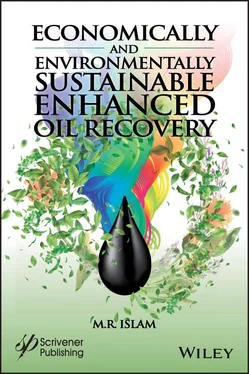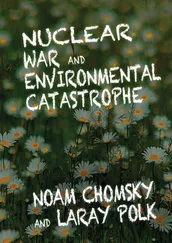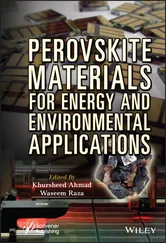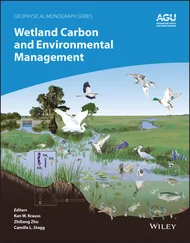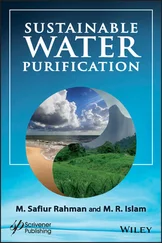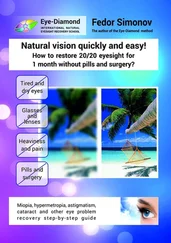1 ...7 8 9 11 12 13 ...27
1.4.7 How to Achieve Environmental and Economic Sustainability?
This crucial question is answered in Chapter 7. A systematic and scientifically sound analysis shows that only zero-waste schemes can assure both environmental and economic sustainability. It turns out that these two concerns are not separate nor are they contradictory. It means a truly environmentally sustainable scheme will have the greatest efficiency and the most lucrative economic benefit.
1.4.8 Do We Need to Sacrifice Financially to Assure Environmental Sustainability?
For the longest time, the guiding principle of environmental sustainability has been that it must come with a cost. Often an environmentally sustainable project is considered to be untenable with the absence of public funding. In fact, this notion is so prevalent that the recent global warming hysteria has been driven by calls for a universal carbon tax, the cornerstone of the Paris Agreement, which in turn is a euphemism for globalization of the ‘money for environment’ mantra (Khan and Islam, 2019). Chapter 8debunks this perception and presents an array of technological options in both EOR and EGR (Enhanced Gas Recovery) that are inherently sustainable as well as the least cost intensive.
2
Petroleum in the Big Picture
2.1 Introduction
The role of petroleum products in shaping human energy needs is undeniable. Hydrocarbons and their transformations play major roles in sustaining today’s civilization. Even though petroleum continues to be the world’s most diverse, efficient, and abundant energy source, due to “grim climate concerns”, global initiatives are pointing toward a “go green” mantra. When it comes to defining ‘green’, numerous schemes are being presented as ‘green’ even though all it means is the source of energy is not carbon. This newfound activism against petroleum sources is illogical and defies the fact that petroleum fluids, including natural gas are 100% natural. While there had been no ambiguity in terms what constitutes natural in both material and spiritual senses before modern age, modern age is rife with confusion regarding sustainability of energy as well as mere existence of the human race.
The current practice of petroleum engineering is not sustainable but the source of unsustainability is hardly known by the mainstream scientists, content with the ‘carbon is the enemy mantra’ – the ones called ‘97% consensus group’ by Islam and Khan (2018). The study of sustainability is a complex science as it involves subsurface and surface, natural and artificial materials, with very high ratio of unknowns over known information (Figure 2.1). Any false-step of Figure 2.1 can trigger unsustainability. Both science and mathematics of the process have been deficient at best.
In 2018, Islam and Khan used detailed pathway analysis to identify flaws of various energy production schemes, including petroleum resource development. They pointed out that the sources of unsustainability have eluded modern scientists. Instead, scientists have gone with the most popular theme of any given time and conformed to the path of maximizing benefit to the scientific community, in terms of government funding.

Figure 2.1Various steps involved in petroleum technology.
In this chapter, a delinearized history of energy developments in relation to petroleum production, particularly as it relates to oil and gas is presented. It is complimented with timelines of unsustainable practices, including those involved in enhanced oil recovery (EOR).
2.2 Pre-Industrial Revolution Period
Ancient practices right up to the era of industrial revolution were all sustainable (Khan and Islam, 2012). The technological marvels ranging from pyramids and mummies to curving houses out of rock were all based on sustainable developments. The energy sources were no exception. The knowledge of how beneficial oil could be was widespread all across the ancient world and people from all continents used oil for a number of purposes. These practices were also extremely effective and produced far more durable products than what are available today, without adding toxic chemicals. In terms of petroleum use, pre-industrial age era used natural products in their raw form. For instance, for millennia tar, a naturally deposited petroleum product, was used as a sealant for roofing shingles, brick bonding, the hulls of ships and boats (Daintith, 2008). The desired quality of tar was its ability to be waterproof. Tar was also used us a general disinfectant. Often tar would be mixed with other natural oil, such as balsam turpentine, linseed oil or Chinese tung oil, to obtain the desired properties.
One important direct use of petroleum products (e.g. tar) was medicinal (Barnes and Grieve, 2017). Since most oils that had seeped to the surface would mostly evaporate and leave behind bitumen - the tarry component of the mixture of hydrocarbons from which it is composed, this tarry material was the most in use. Even in Ancient Europe, tar once had the reputation of being a panacea. Pine tar, a carbonized distilled form of pine, is reported to be in use for over 2000 years as a medicine for skin conditions because of its soothing and antiseptic properties (Barnes and Grieve, 2017). Although pine tar is considered to be distinct from coal tar or naturally occurring petroleum tar, they all have medicinal values for a wide range of applications because of its antipruritic, anti‐inflammatory, antibacterial and antifungal nature (Muller, 1984). In addition to its keratolytic action, pine tar has been shown to be antipruritic (Braun‐Falco, 1991), anti‐inflammatory, antiseptic (Dawber, 1994), astringent, keratoplastic, cytostatic, antibacterial (Veijola and Mustakallio, 1964) and antifungal (Ishida et al ., 1992). This is no surprise because it is well known that tar from natural sources have all of the natural chemicals (including heavy metals) that can serve as a medicine. After all, the pharmaceutical industry indeed uses the synthetic version of the same chemicals.
Similarly, crude oil is known to have been used since the ancient era. Even today, some parts of the globe use crude oil for medicinal (Dienye et al ., 2012) and therapeutical (Hoke, 2015) purposes. However, in the modern era, use of crude oil or petroleum products in their native form is not promoted as a valid material source for any application and invariably all petroleum resources undergo refining.
In terms of refining petroleum products, there is evidence that even during medieval era, refining techniques were present. However, those days, refining was not done in an unsustainable manner (Islam et al ., 2010). There is evidence that both distillation and expression were common during the medieval era. In the perfume industry, as early as during early Islamic era (7 thcentury onward), distillation in the form of hydrodistillation and production of absolute, mainly through Enfleurage and fermentation was common (Katz, 2012).
The distillation process for refining oil appears to have been practiced throughout ancient times. Recent discovery of a 5000-year-old earthenware distillation apparatus, used for steam distillation tells us that our ancestors were well versed on developing sustainable technologies (Shnaubelt, 2002). Khan and Islam (2016) demonstrated how an earthenware distillation apparatus is sustainable. The ancient and middle age practices were mainly focused on medicinal applications. It was the case in ancient Orient and ancient Greece and Rome, as well as the Americas the oils used for medicinal purposes.
Читать дальше
